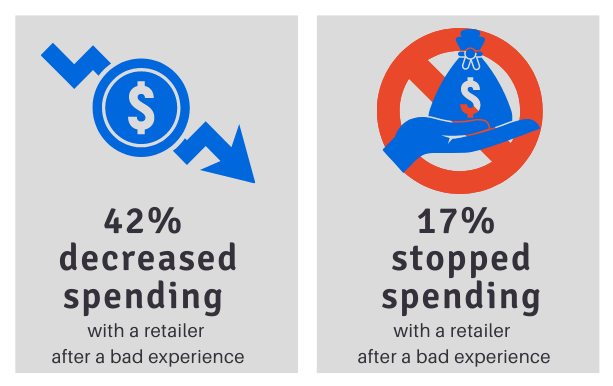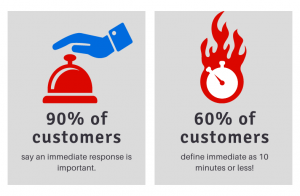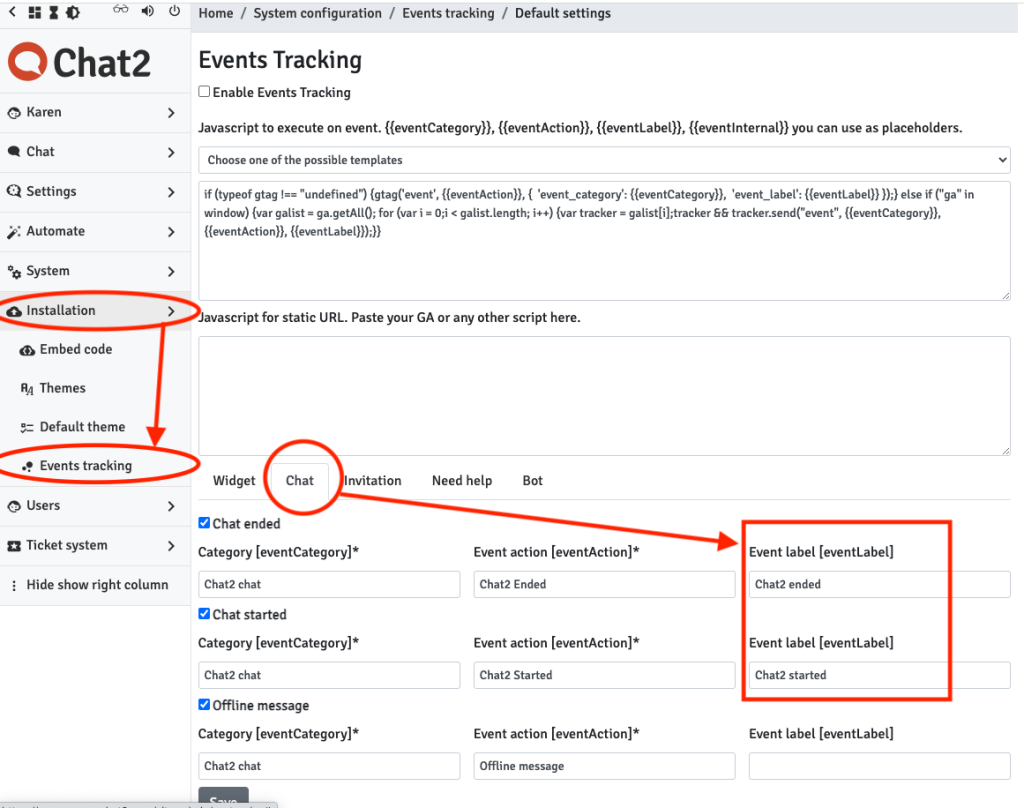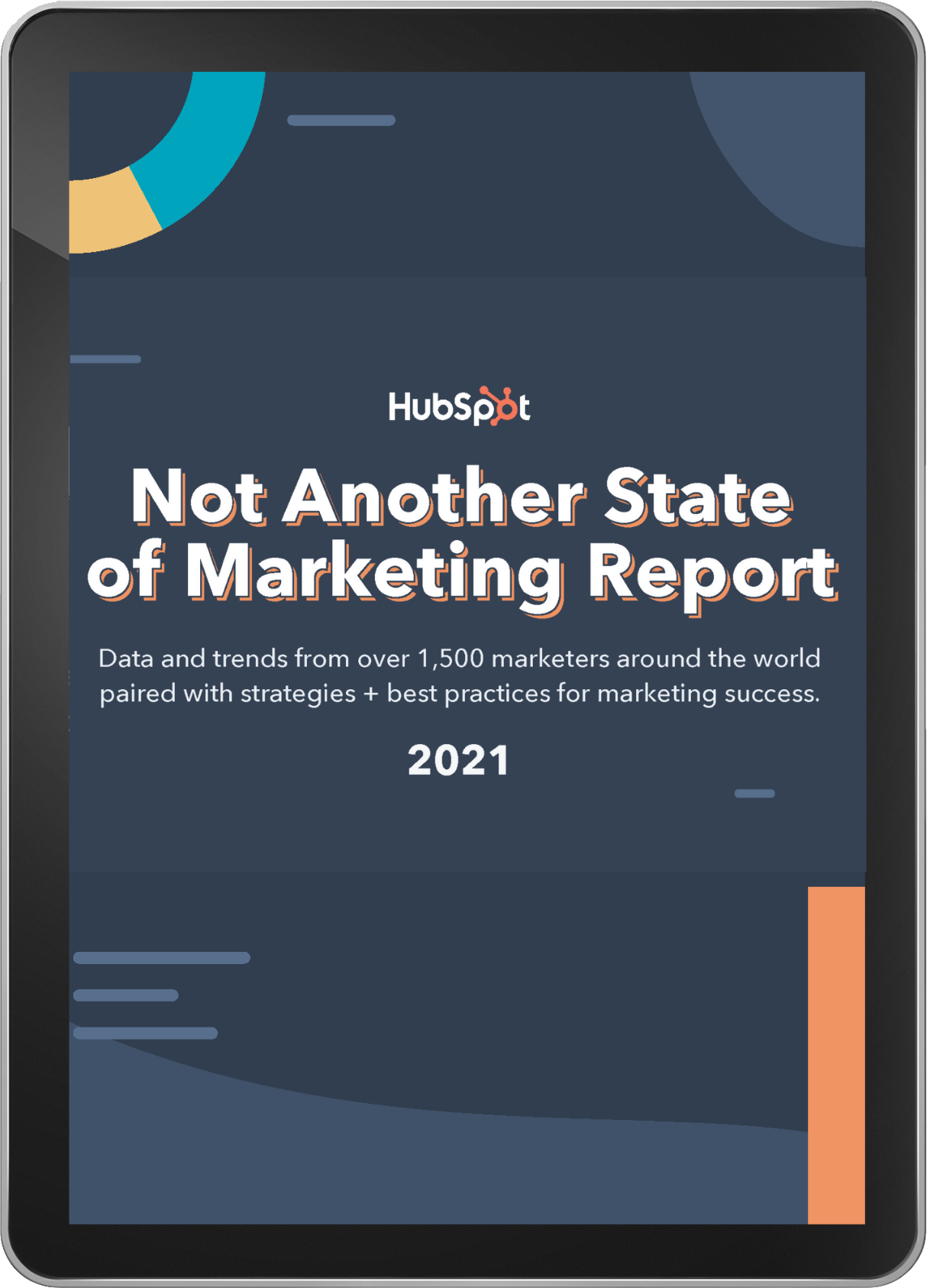When we started Chat2 Concierge 13 years ago, artificial intelligence wasn’t making headlines every day. There were no ChatGPT conversations at dinner tables, no AI ethics debates on morning television, and certainly no widespread understanding of what AI could do for businesses.
Back then, our biggest challenge was a double-edged problem: decision-makers who were hesitant to try AI, and when they did, they weren’t equipped to handle the inevitable employee resistance that followed.
The Early Days: When Leadership Lacked the Tools
I still remember losing two significant clients in our early years. One was a large tourism operator, the other a surgical practice looking to attract new patients. In both cases, the results were exceptional—steady growth in inquiries, stronger support for frontline teams, and measurable improvements in customer engagement.
But we lost them anyway.
The tourism client’s team was in constant revolt. “They don’t like the service,” the manager would tell me every other week. The surgeon faced an ultimatum from his practice manager: “It’s me or the AI system.”
In both cases, the decision-makers understood the value but couldn’t navigate the human element of change. They lacked the confidence, communication skills, and change management framework to help their employees see AI as an opportunity rather than a threat.
The Game Changer: Empowered Leadership
Fast-forward to today, and something fascinating has happened. The decision-makers—managers, owners, executives—they get it immediately. AI is no longer a foreign concept requiring extensive explanation. Every news bulletin, every business publication, every conference keynote has built that understanding for us.
More importantly, they’re now better equipped to manage the employee resistance that was always there.
The employee pushback hasn’t disappeared, but decision-makers are now more prepared to address it. They understand that resistance is normal, they have frameworks for managing change, and they’re confident enough in the technology to push through the initial friction.
A Recent Reality Check: When Success Breeds Resistance
Just six weeks ago, I got a stark reminder that employee resistance remains alive and well, even in our supposedly AI-savvy world.
We had successfully implemented Chat2 Concierge at a client’s first property with excellent results. When it came time to roll out to their second property—part of a potential 40-property expansion—I thought it would be smooth sailing.
I was wrong.
Forty-eight hours into the service, at 7pm on a quiet evening, a guest complaint came through our system. A guest was unhappy with their previous night’s stay and wanted compensation. Our team handled it perfectly—collected all the facts and escalated it through our system to the property management, just as designed.
As the account was significant for us, I personally reached out to their evening reception team to ensure they’d received the conversation and could address the complaint quickly.
The response I received was jarring: “This service is the worst, your alerts are terrible, my manager is going to phone you tomorrow and get this service removed.”
Here it was—the same resistance pattern that had cost us clients 13 years earlier. Despite AI being mainstream, despite the success at their first property, deep within the organization, change was still being fought tooth and nail.
But here’s the difference: this time, we knew how to respond. We worked closely with the decision-maker to address the concerns, provide additional training, and demonstrate the value. Six weeks later, that “problem” property—previously one of the poorest performers in their group—has turned around completely. We’ve now successfully onboarded their third property with no issues.
The transformation has been so remarkable that they’ve provided us with a written reference to support an innovation award we’re applying for—a testament to both the technology’s impact and the importance of proper change management.
The lesson? Despite AI being the most popular subject at dinner parties, resistance to change remains the potential undoing of any technology implementation.
The Psychology Behind the Pushback (That Never Really Changed)
What we’ve learned is that employee resistance isn’t about the technology—it’s about fear. Fear of obsolescence, fear of change, fear of the unknown. When someone’s professional identity feels threatened, even the most logical argument about efficiency gains falls flat. This dynamic was the same 13 years ago as it is today.
The irony remains profound. These employees could be progressing their careers by embracing AI as a tool that elevates their role. Instead of being bogged down in repetitive tasks, they could focus on delivering exceptional in-person experiences, building stronger client relationships, or developing new skills. Who doesn’t want that kind of job evolution?
What’s changed isn’t the employee reaction—it’s that today’s decision-makers are better communicators and change managers, equipped with the confidence and tools to guide their teams through this transition.
Looking Forward: Still at the Precipice
This recent experience reinforced my belief that we’re only at the precipice of successfully managing AI technologies into large organizations and enterprises. The bigger the organization, the more complex the human dynamics become.
While small to medium-sized businesses continue to adapt quickly—with fewer stakeholders and more direct communication channels—large organizations face compounding challenges. Multiple departments, established hierarchies, and deeply embedded processes create more opportunities for resistance to take root and spread.
The Human Element: Our Secret Weapon
After 13 years of navigating this landscape, I believe we’ve survived and thrived because we never forgot the human element. Our AI doesn’t try to completely replace human interaction—it enhances it. We’ve learned that the most successful implementations happen when people feel supported by technology rather than replaced by it.
Even today, one in every twenty chat conversations starts with “Are you a bot?” It’s a reminder that transparency and human-centered design remain crucial for adoption and trust.
Looking Forward: A Research Opportunity
This journey has left me with more questions than answers about organizational psychology, technology adoption, and change management. The pace of AI advancement may be outstripping our ability to psychologically adapt to it, creating new challenges for businesses trying to stay competitive.
I’m considering pursuing formal research into these dynamics—potentially at the master’s or doctoral level. There’s rich territory to explore in understanding how organizations can better navigate AI adoption, particularly in managing employee resistance and fostering positive change cultures.
A Thank You to the Early Adopters
To our clients who have embraced Chat2 Concierge over the years—especially our Queensland Government partners and small business champions—thank you for your trust and innovative outlook. You’ve been early adopters in the truest sense, willing to navigate uncharted territory to advance your organizations.
Your willingness to embrace AI technology, work through implementation challenges, and trust in our vision has not only grown your businesses but has also provided invaluable insights into how we can help others make this transition successfully.
The Road Ahead
As AI becomes increasingly sophisticated and accessible, the organizations that thrive will be those that master the human side of technological change. It’s not enough to have great technology—you need great change management, clear communication, and leadership that can guide teams through transformation.
The resistance to AI adoption will likely continue evolving, but so will our understanding of how to address it. The key is recognizing that at its core, this isn’t a technology challenge—it’s a people challenge.
And people challenges require human solutions.



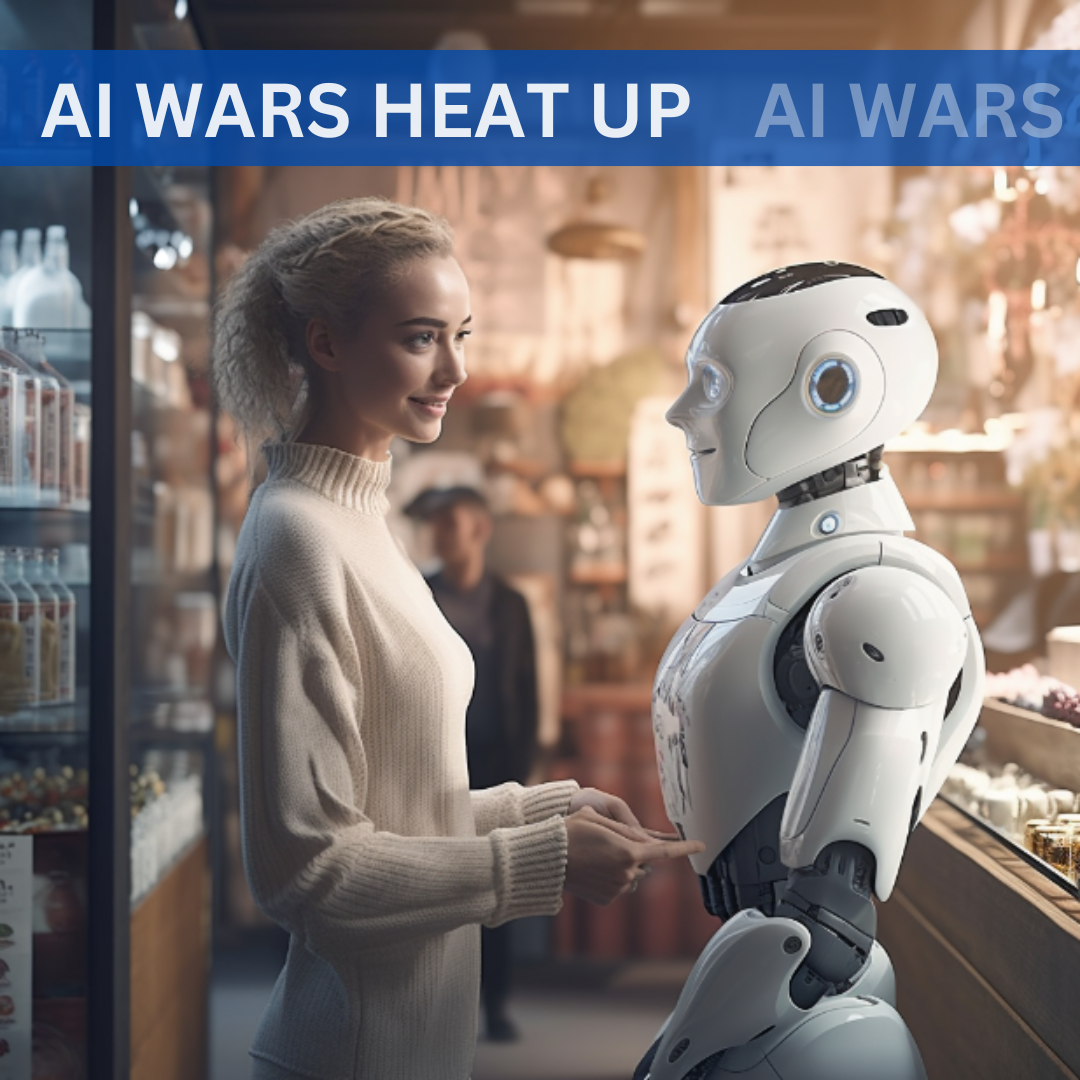




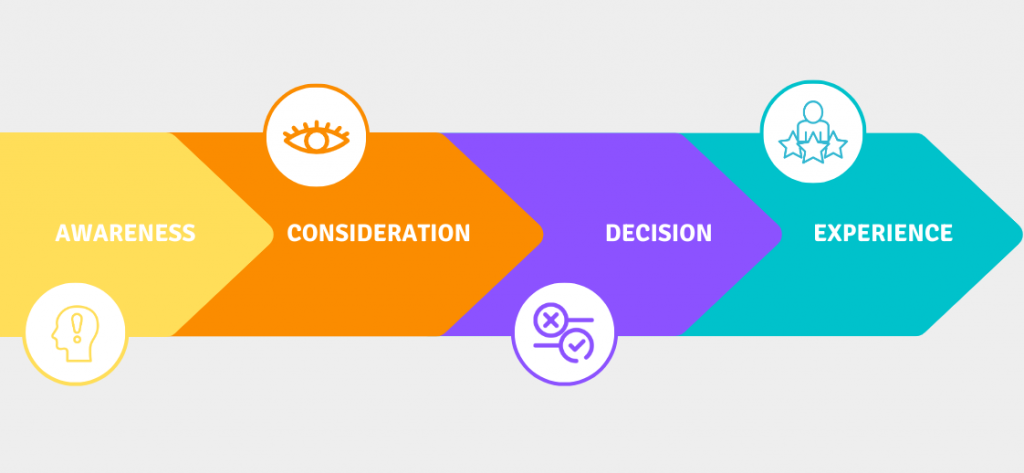
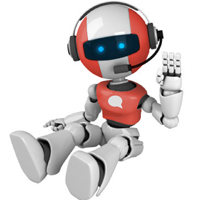










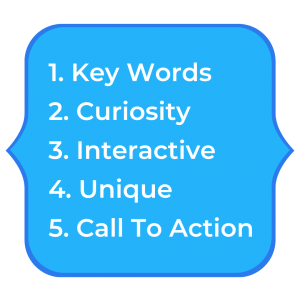
 – Length of content – Visitors will leave your website if your content is too lengthy. However, if your content is too short, it won’t provide visitors with enough information to make a buying decision. Though an interactivity feature, like Chat2 Concierge, can prevent you from this pitfall, as it can instantly provide answers to the questions your visitors need answers to, without relying on the length of content.
– Length of content – Visitors will leave your website if your content is too lengthy. However, if your content is too short, it won’t provide visitors with enough information to make a buying decision. Though an interactivity feature, like Chat2 Concierge, can prevent you from this pitfall, as it can instantly provide answers to the questions your visitors need answers to, without relying on the length of content.

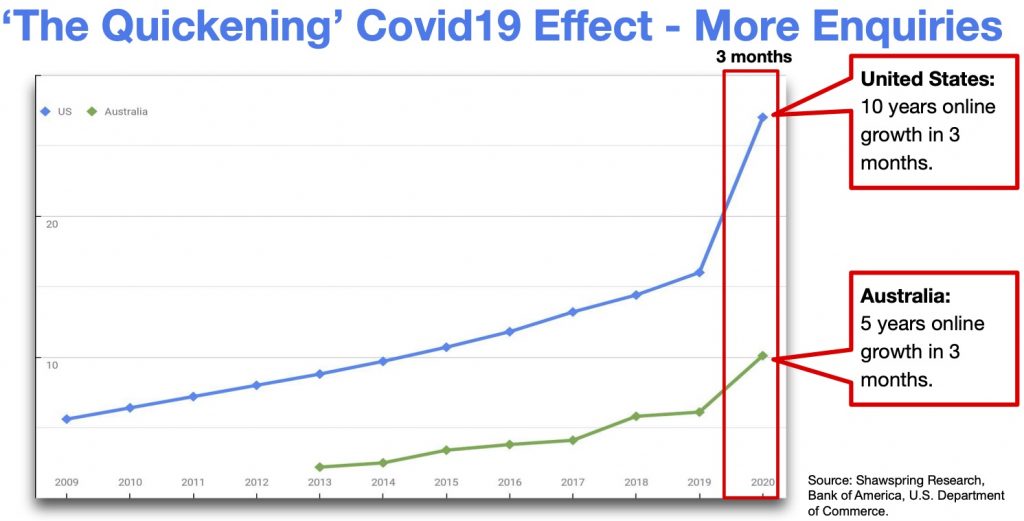




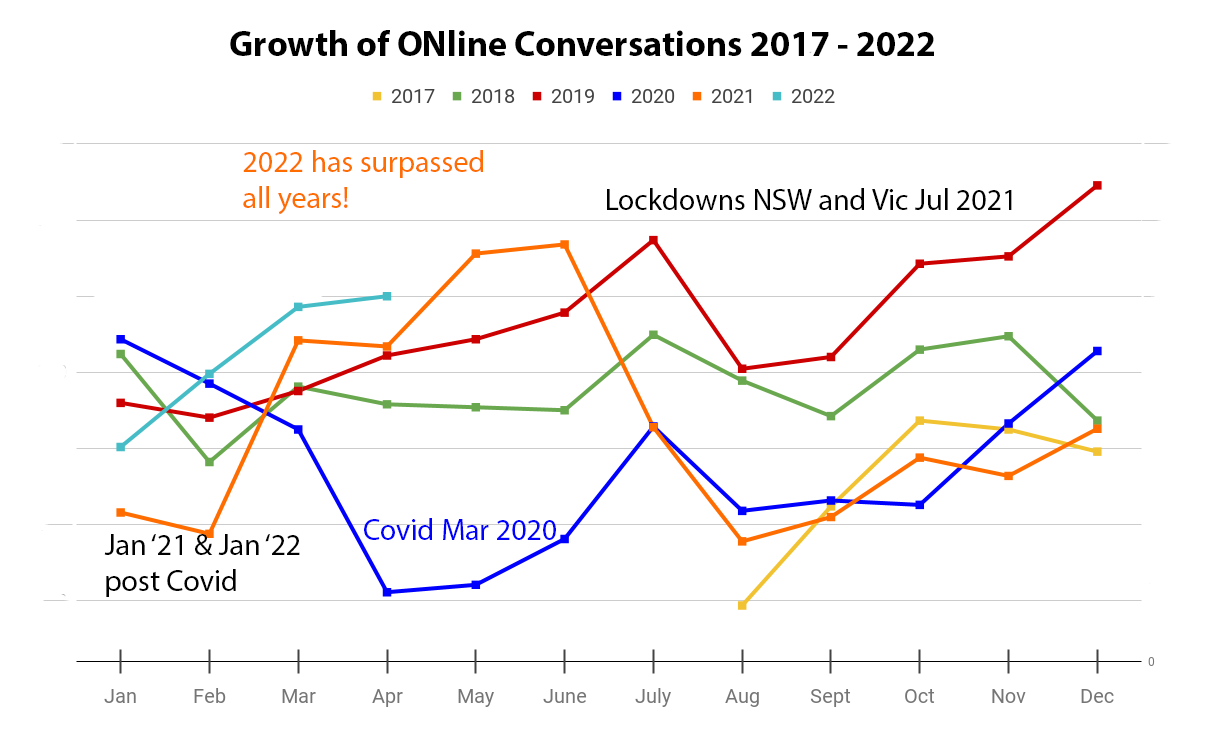


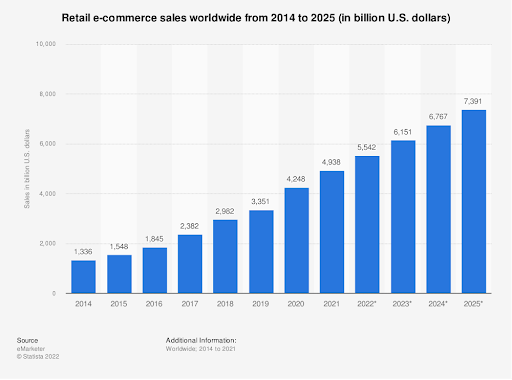




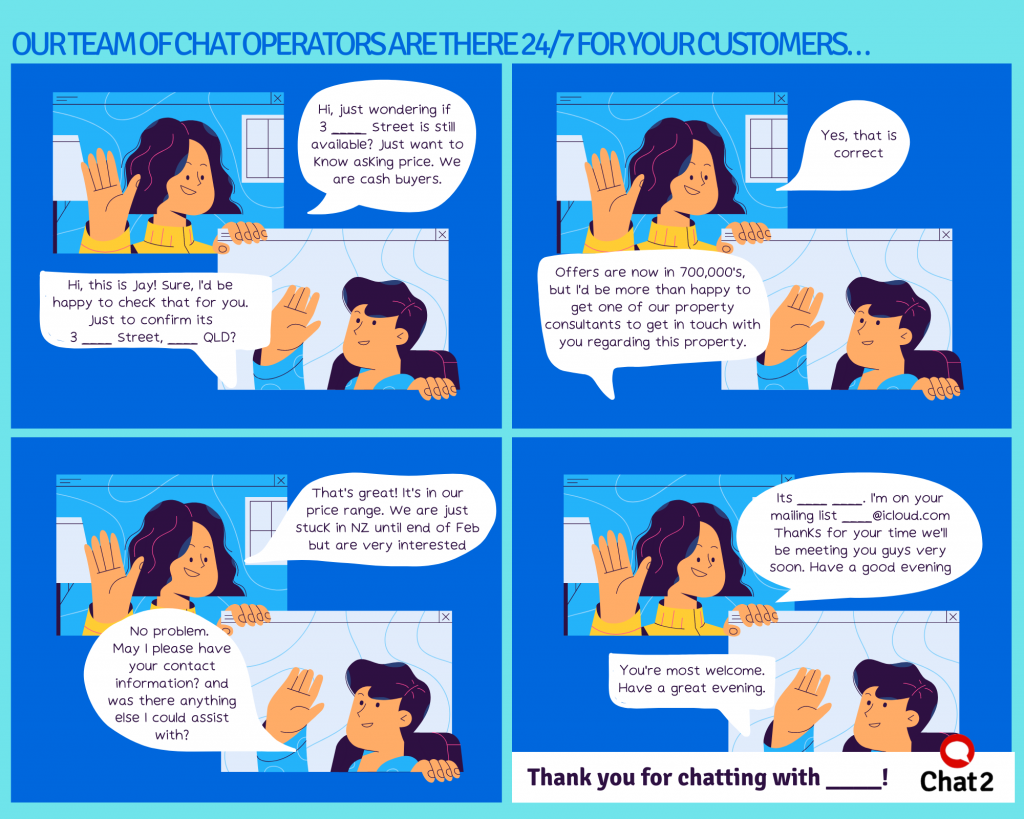


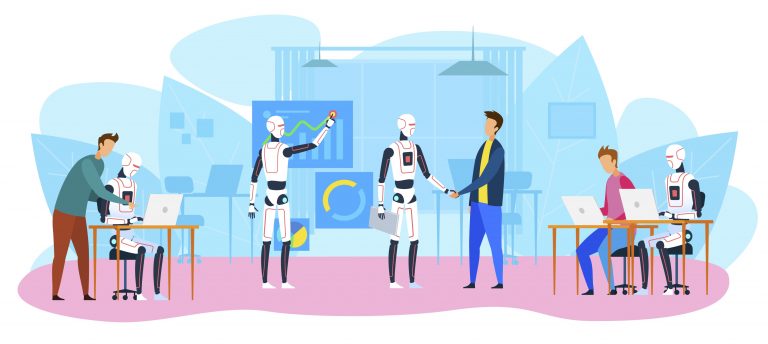


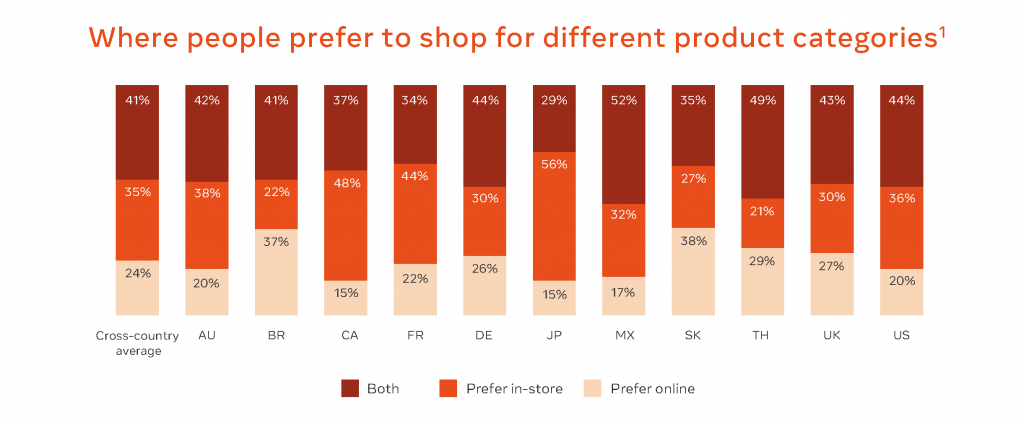


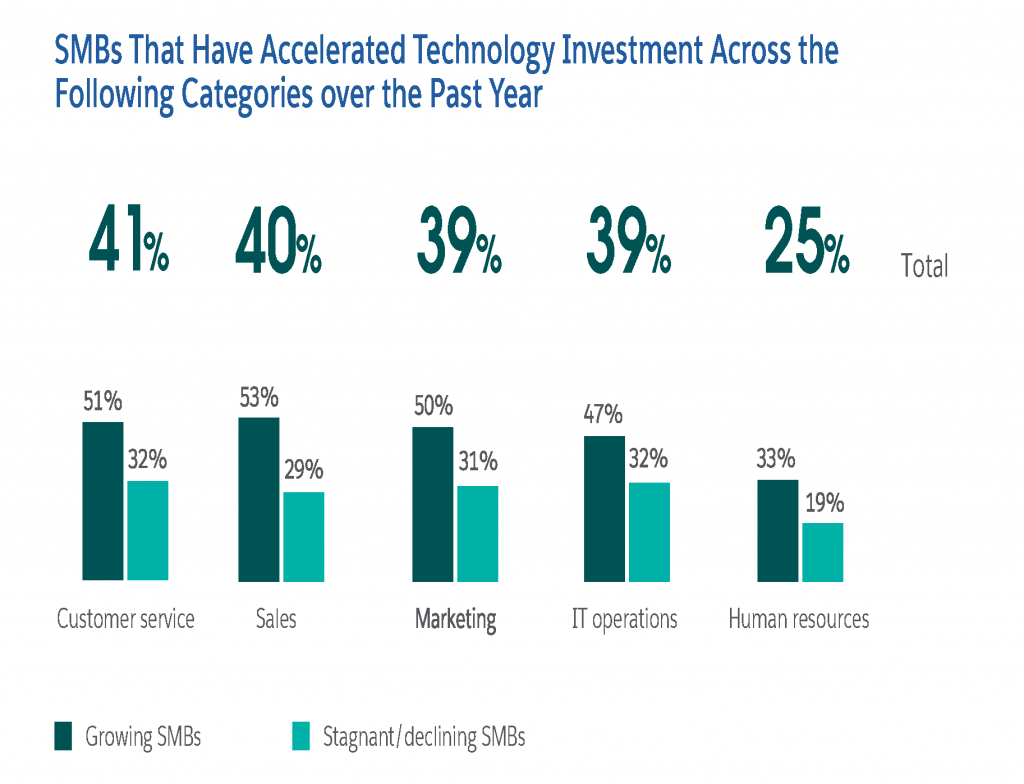
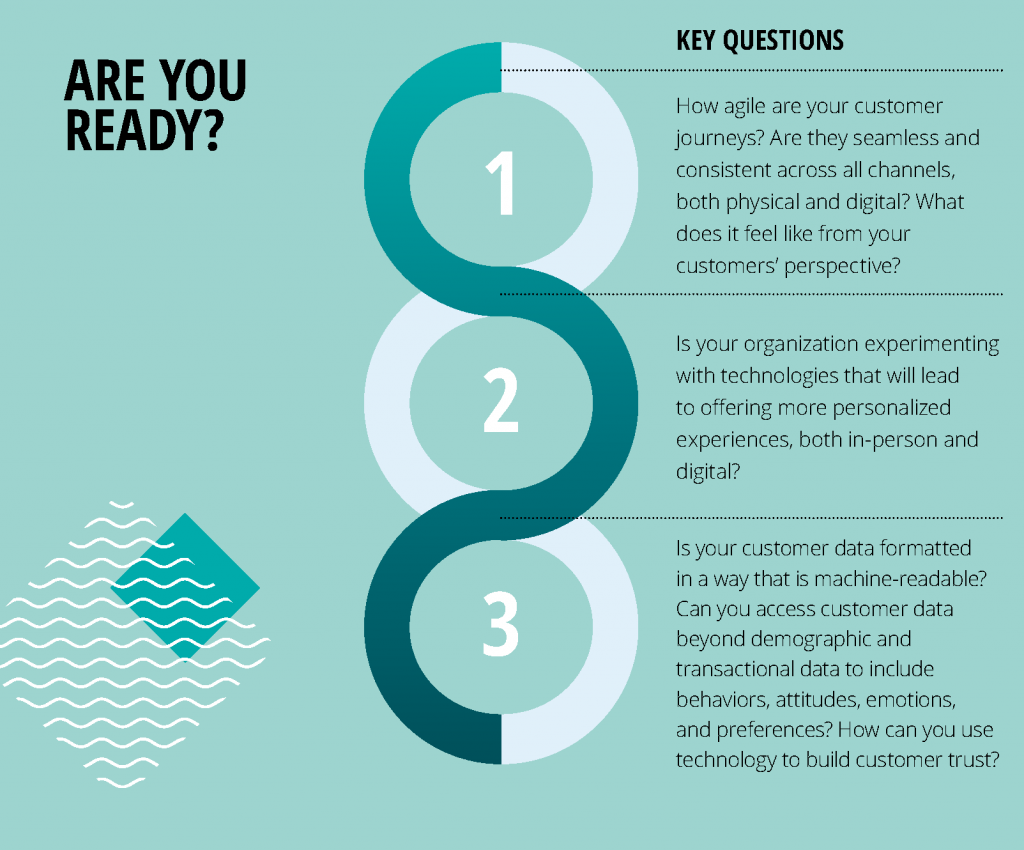








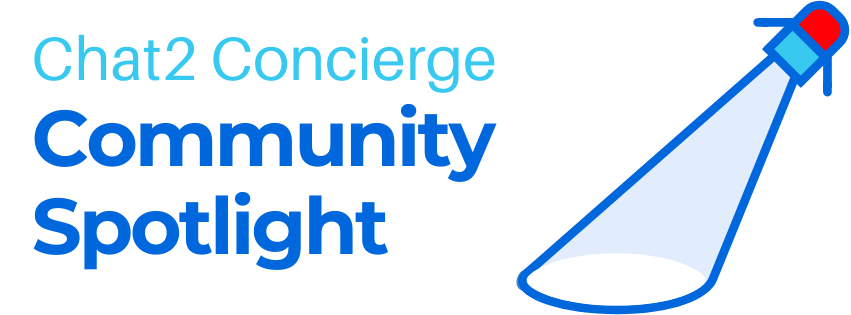
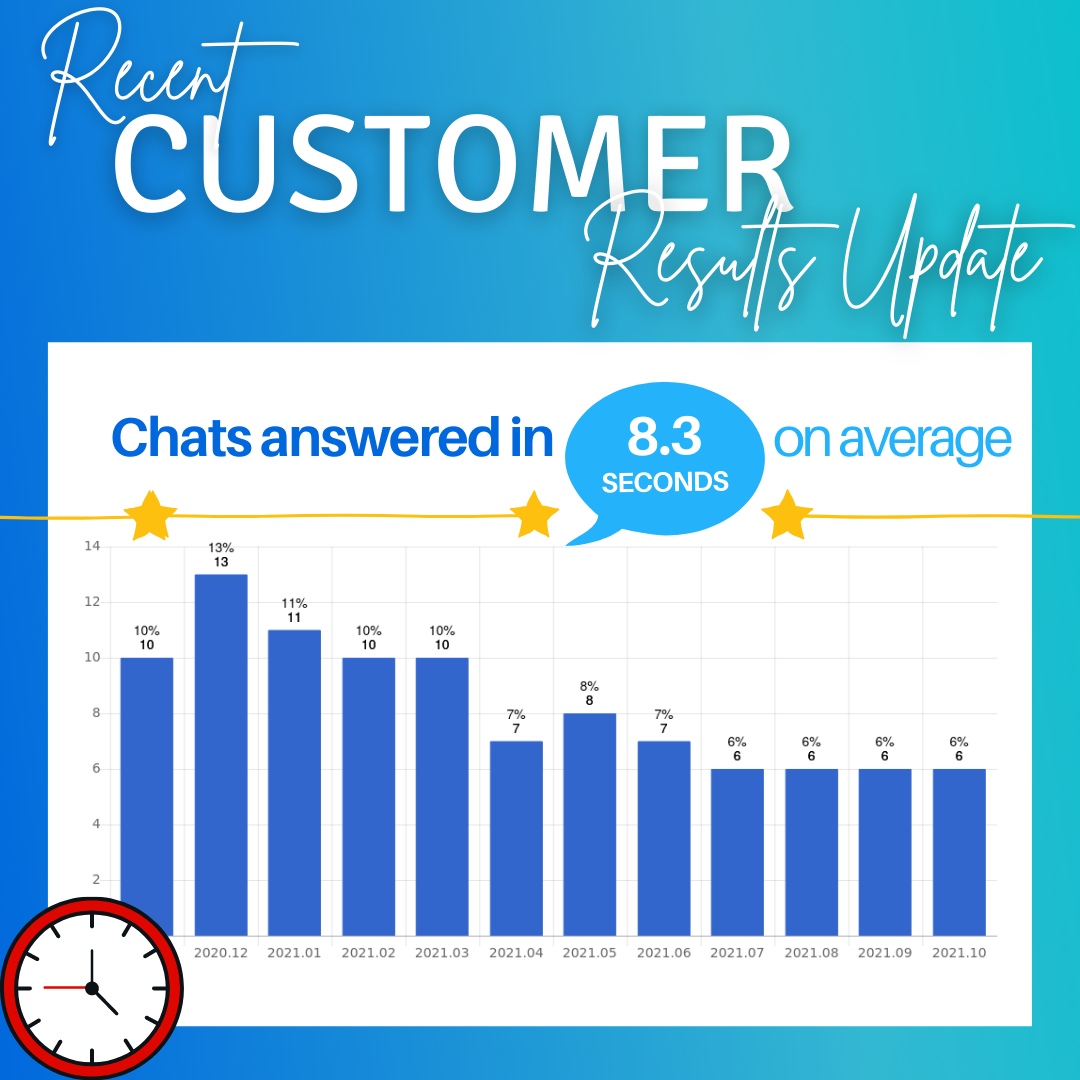
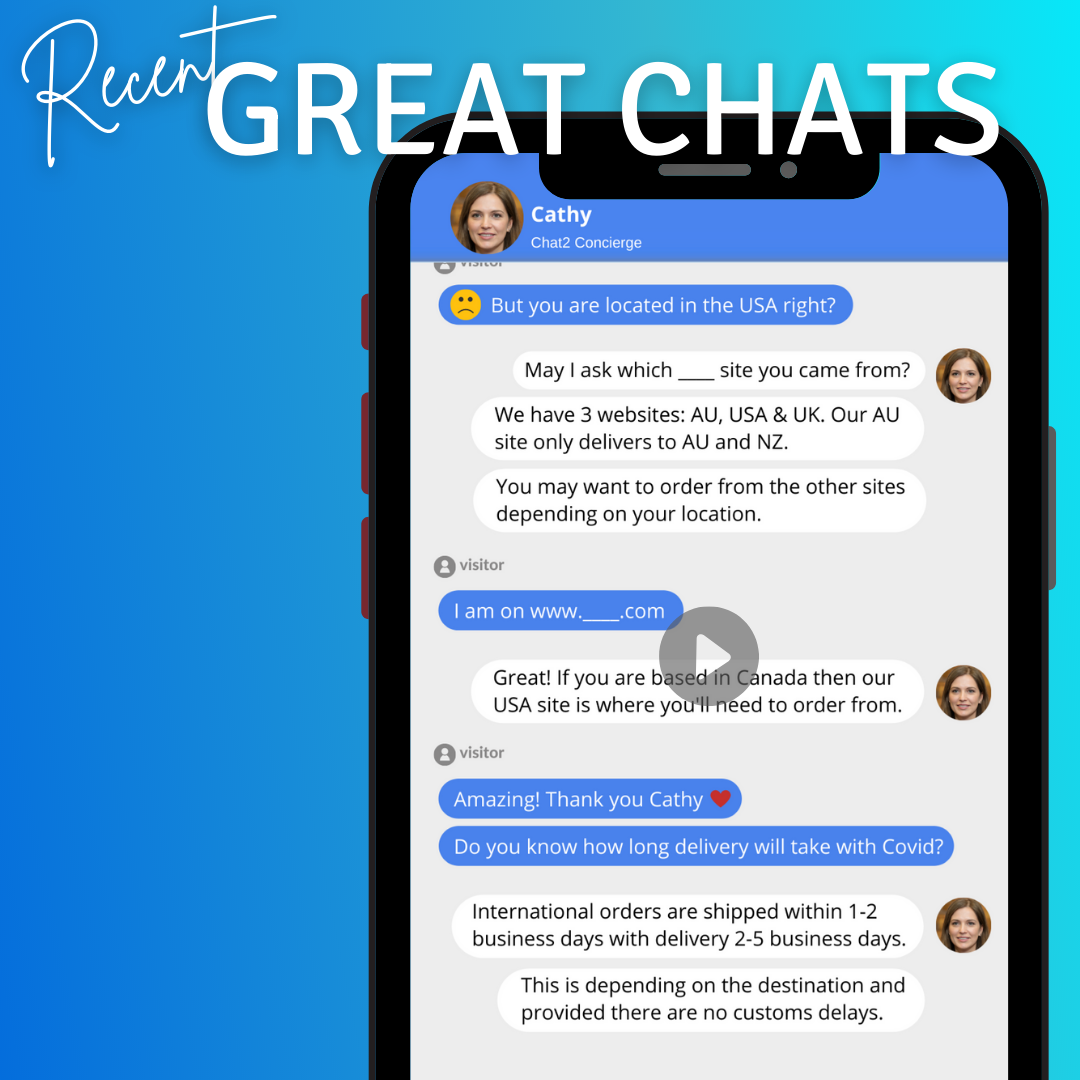


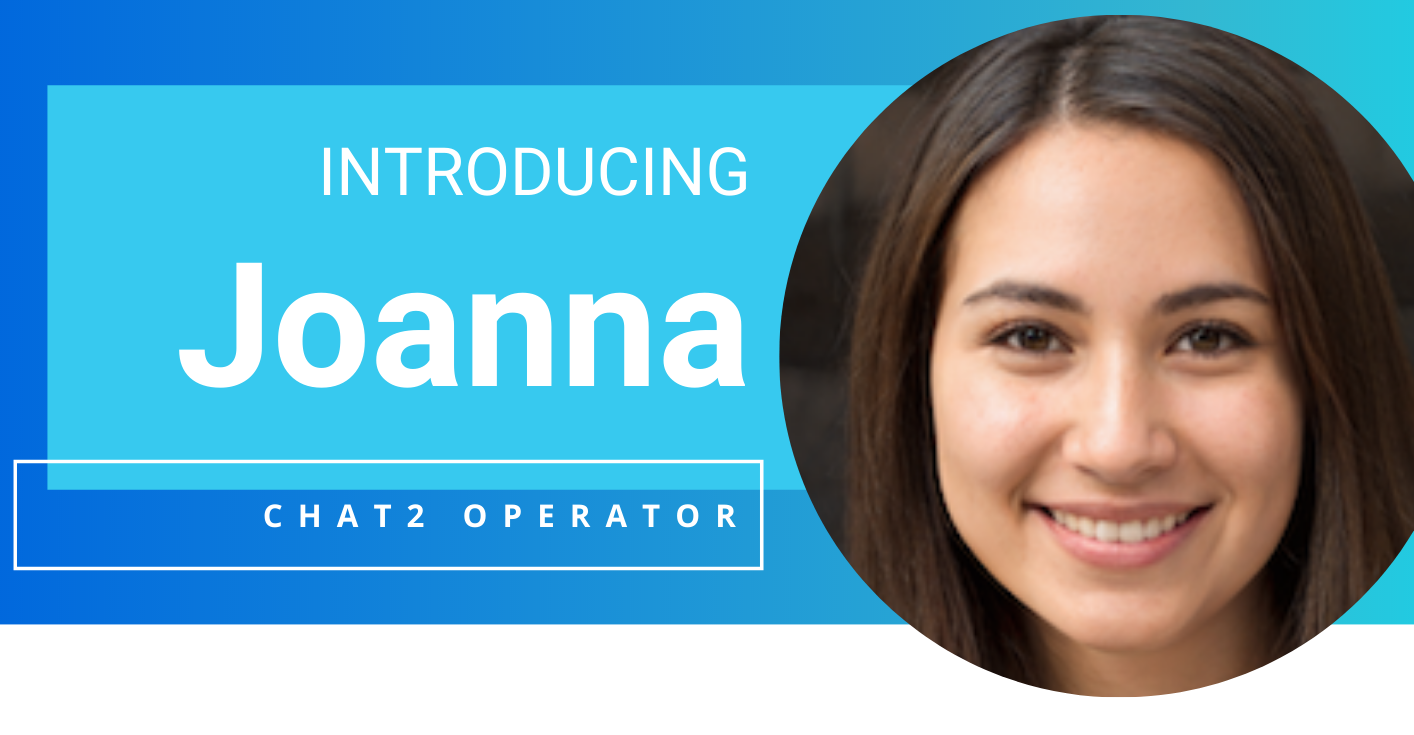









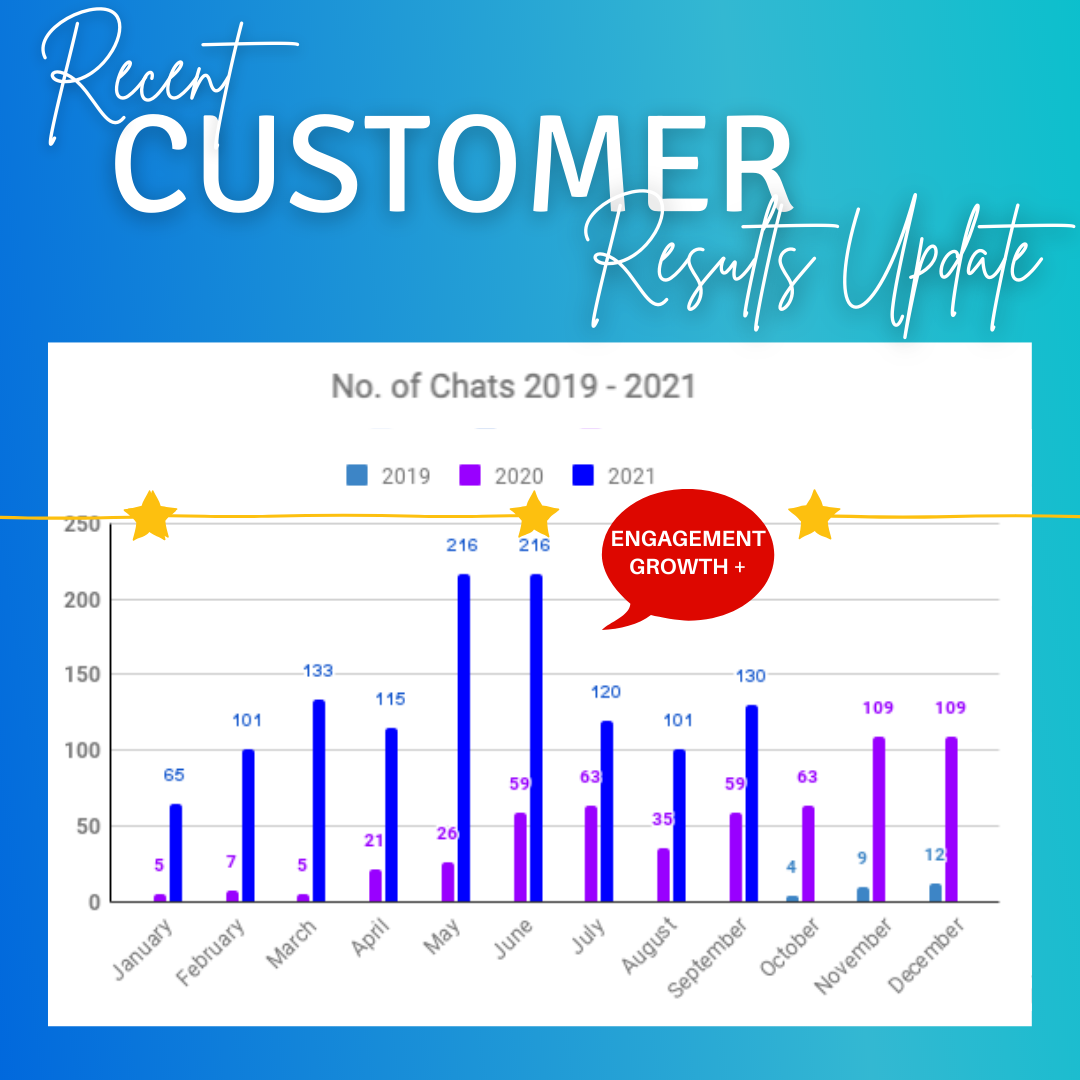
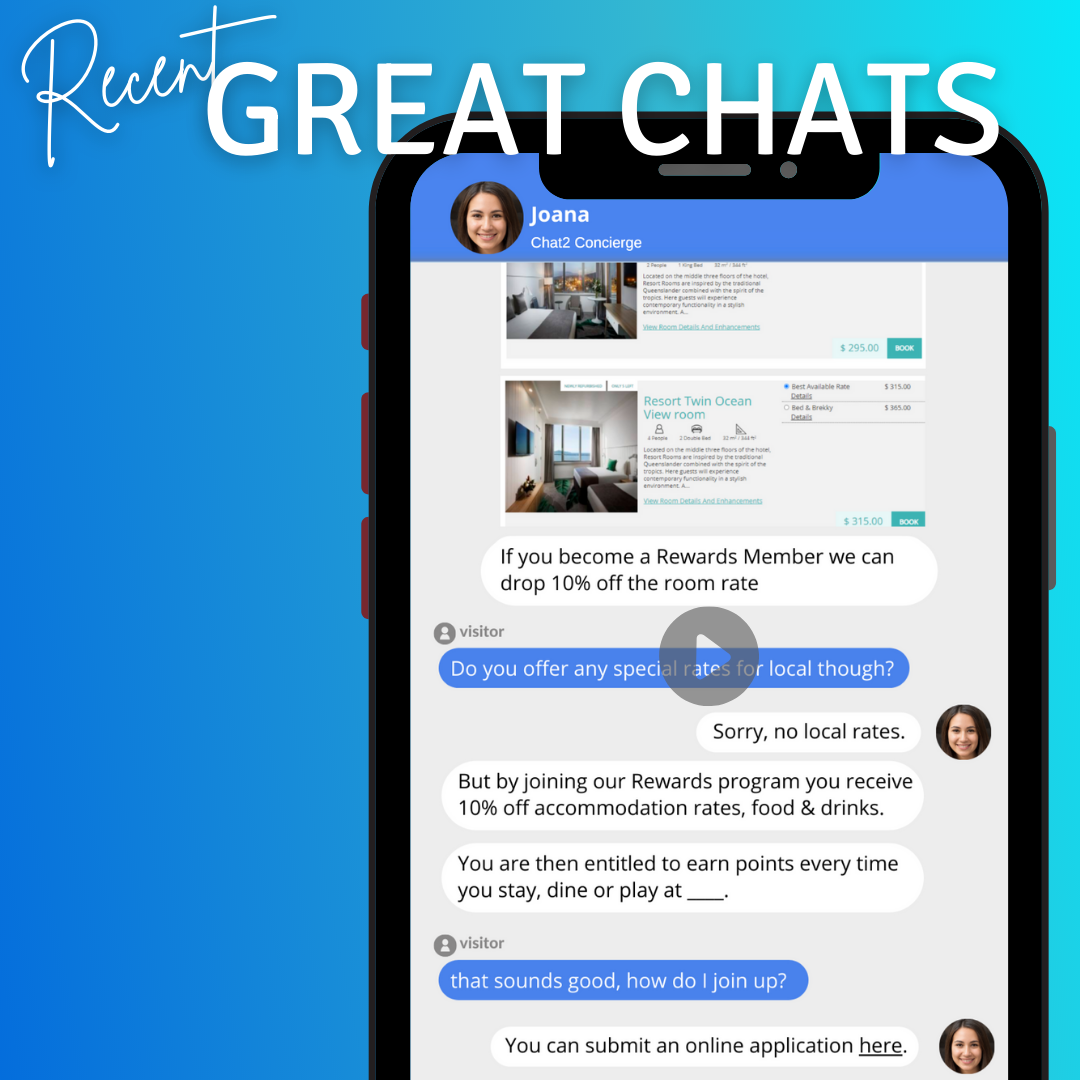




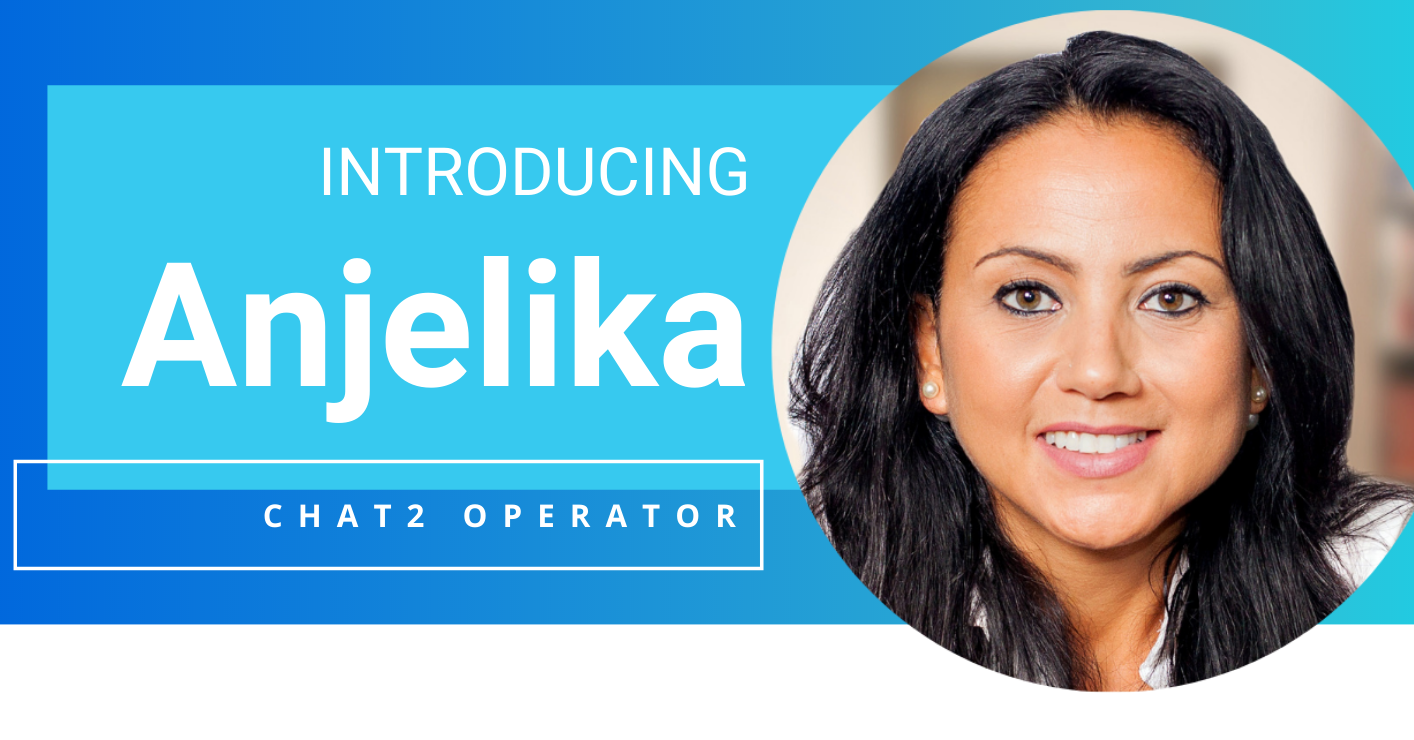




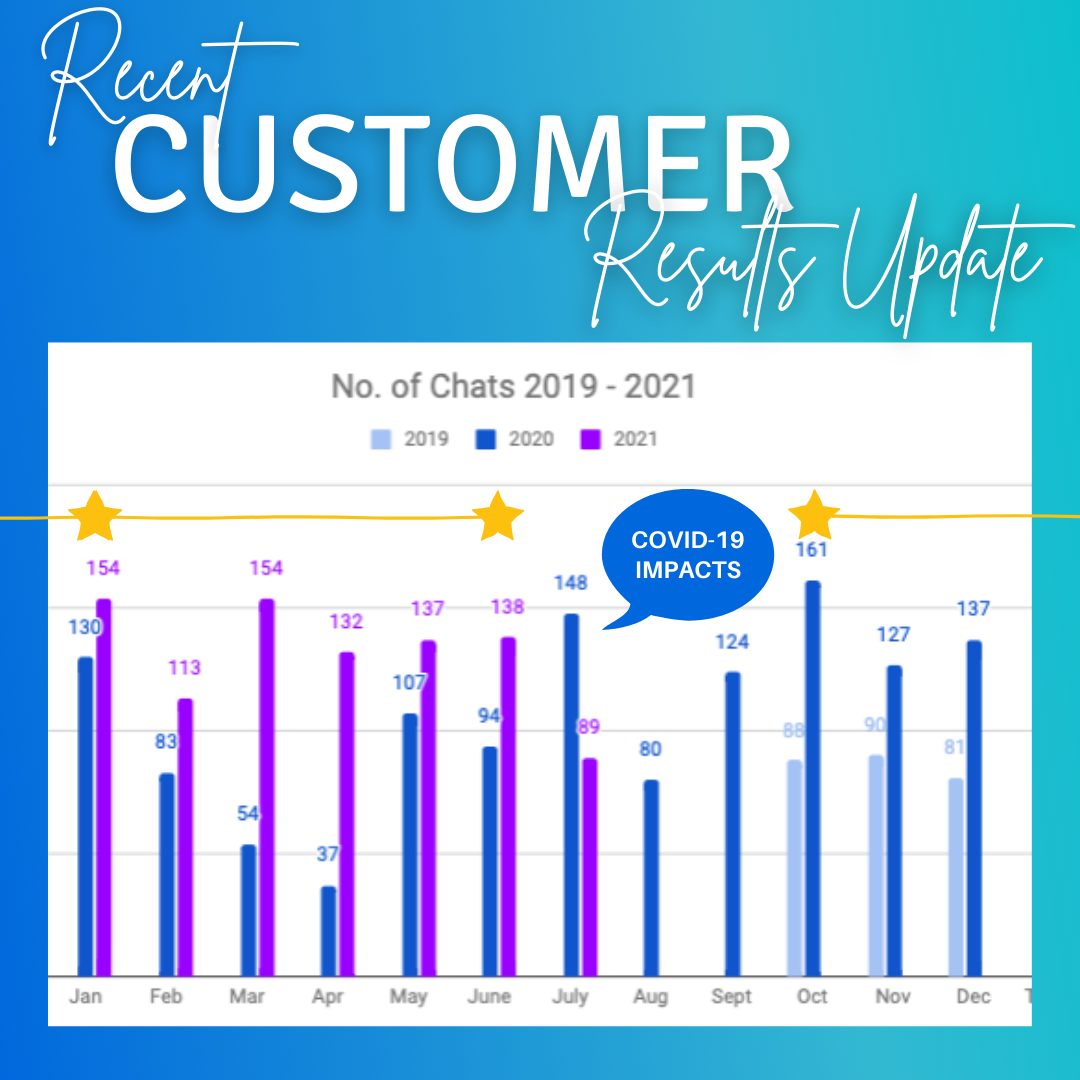
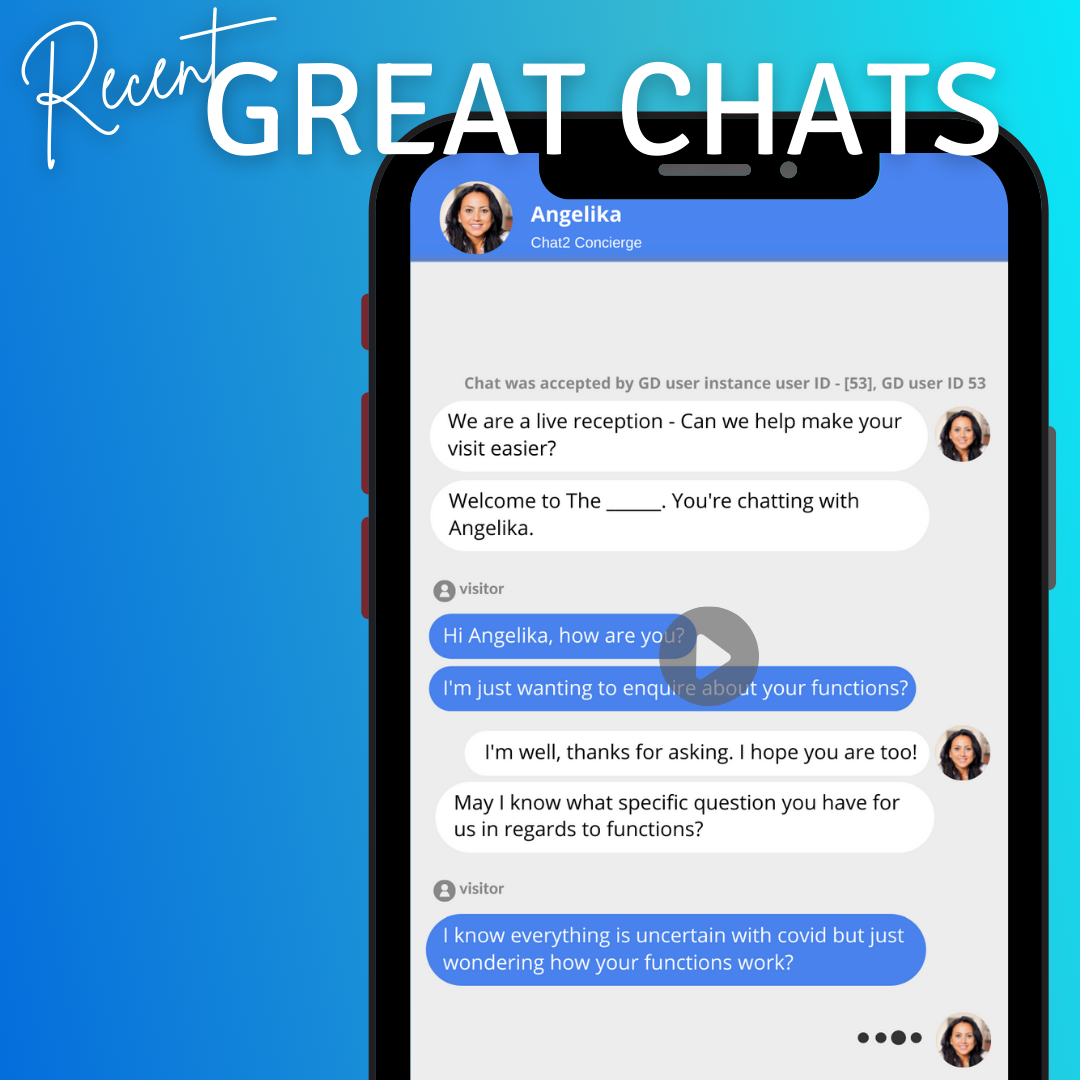
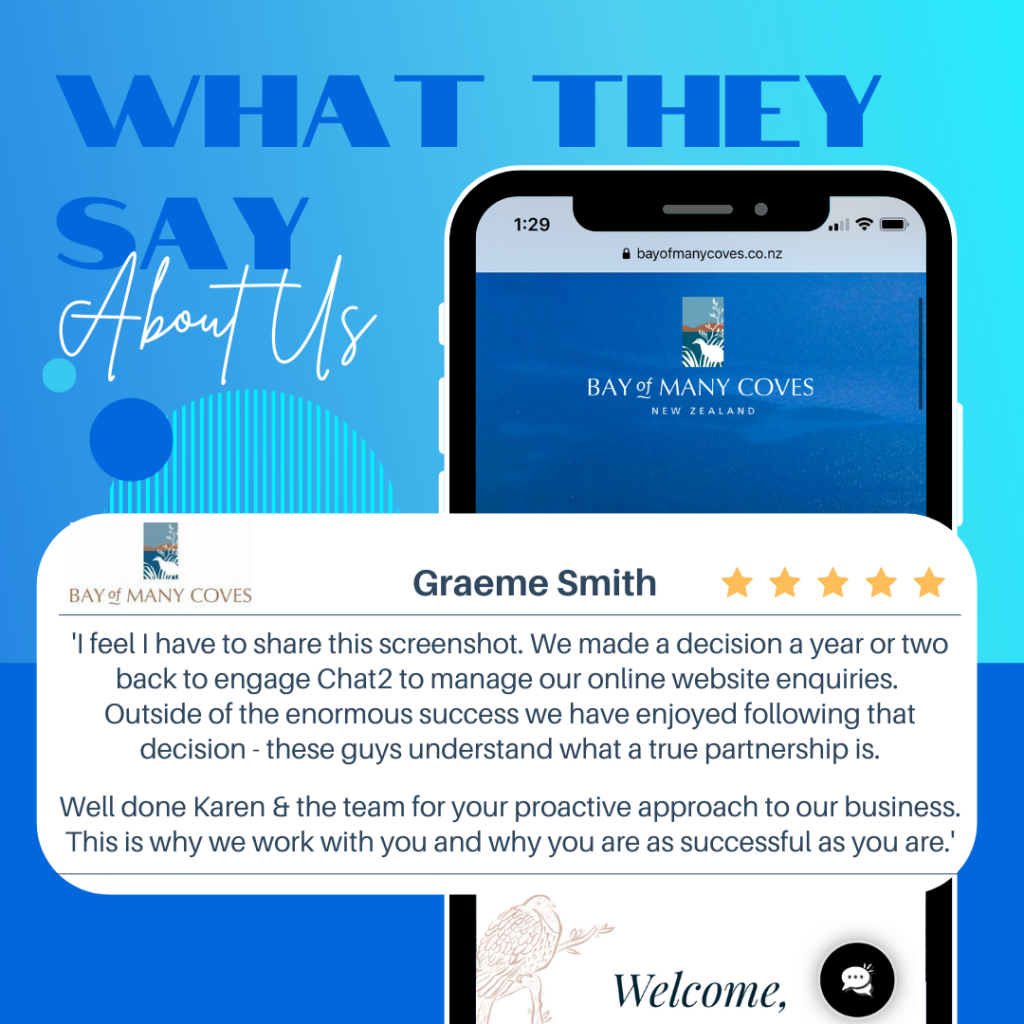
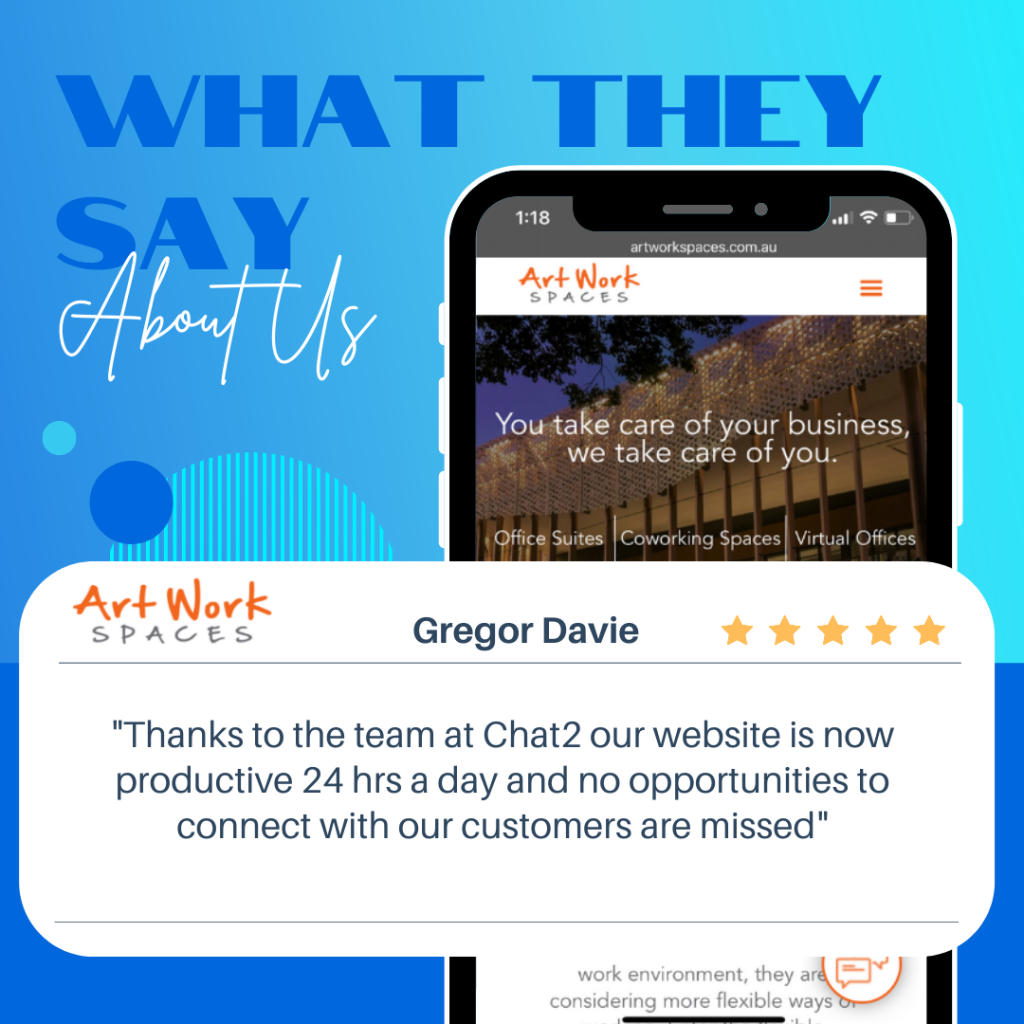
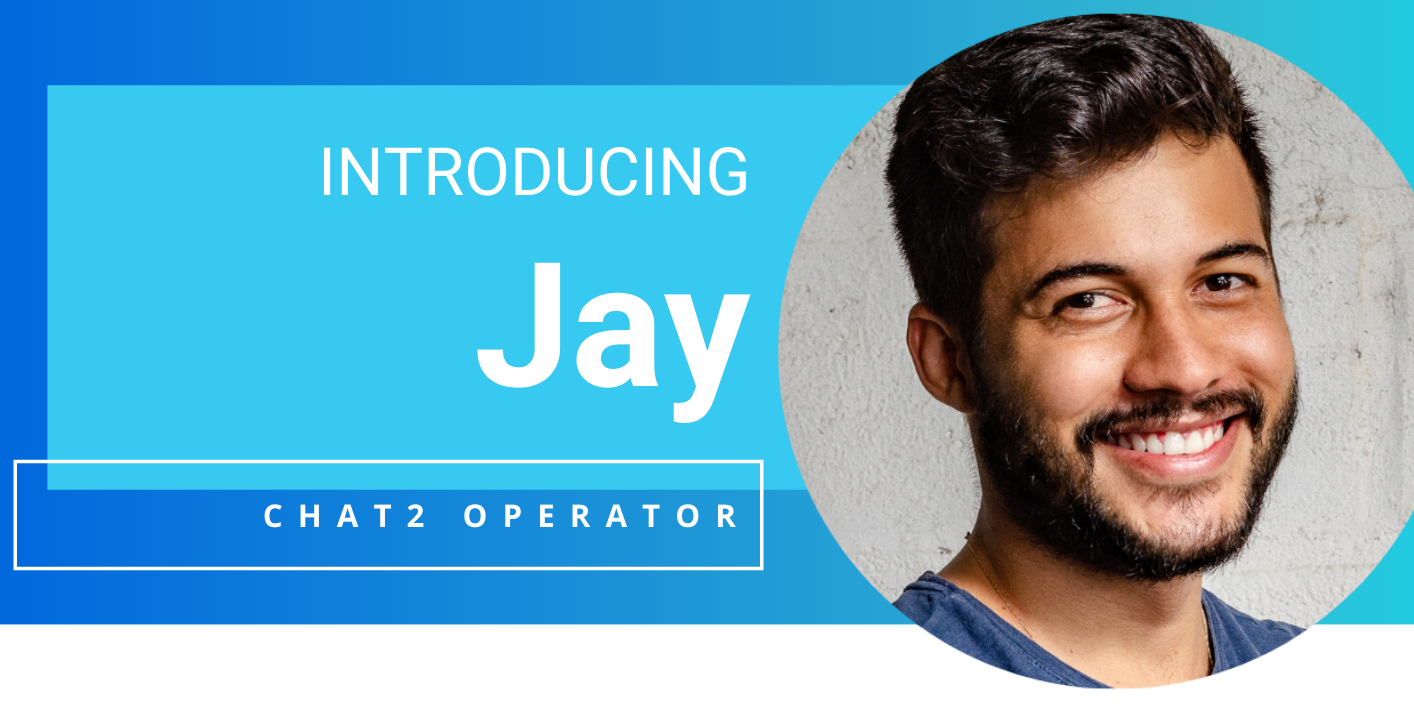








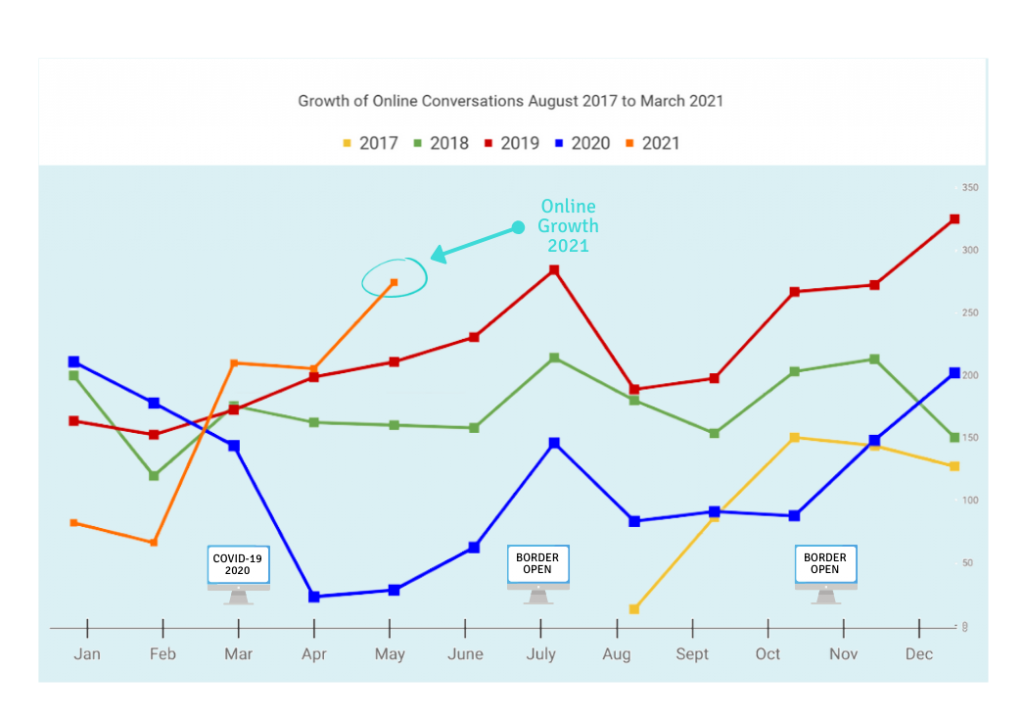










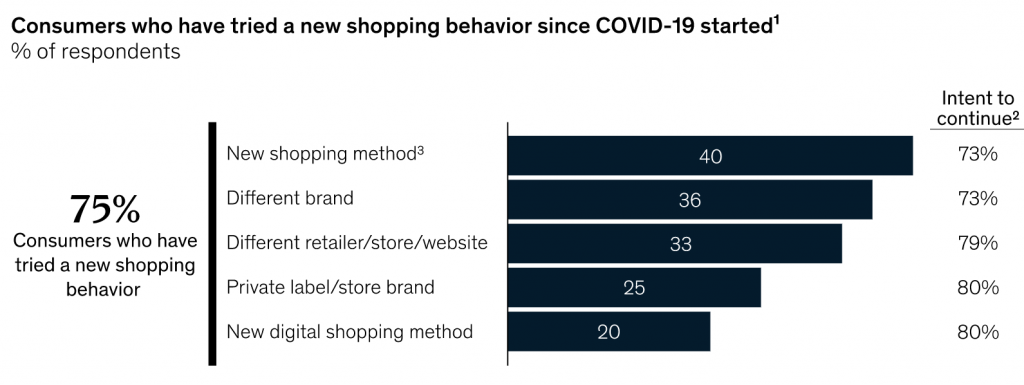
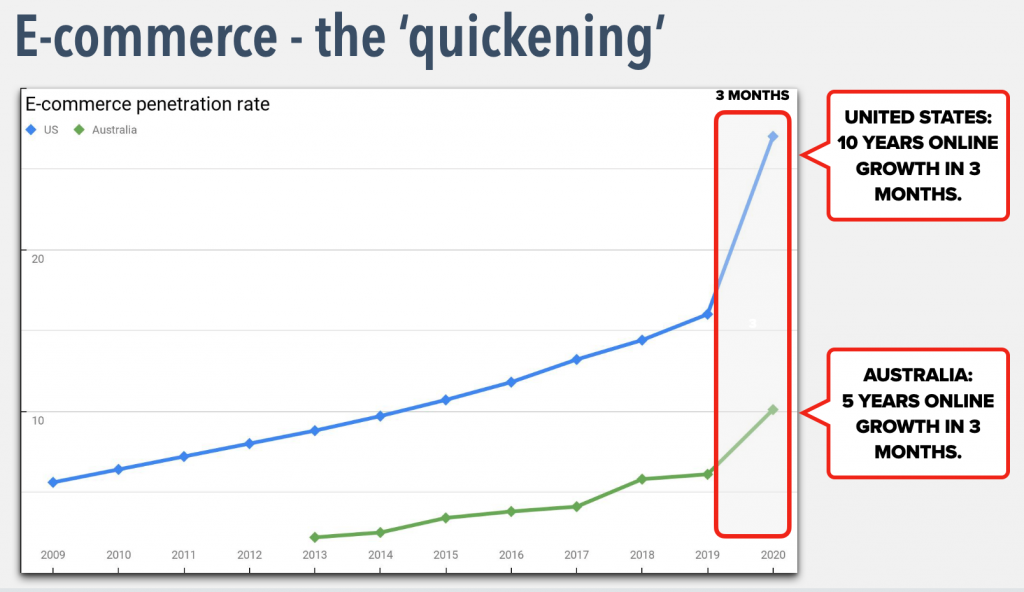 Sources: Shaw Spring Research, Bank of America, U.S. Department of Commerce. KPMG COVID-19: Retail’s survival and revival.
Sources: Shaw Spring Research, Bank of America, U.S. Department of Commerce. KPMG COVID-19: Retail’s survival and revival.
 Australia Post Consumer Survey, Jan- April 2020 and Chat2 clients
Australia Post Consumer Survey, Jan- April 2020 and Chat2 clients


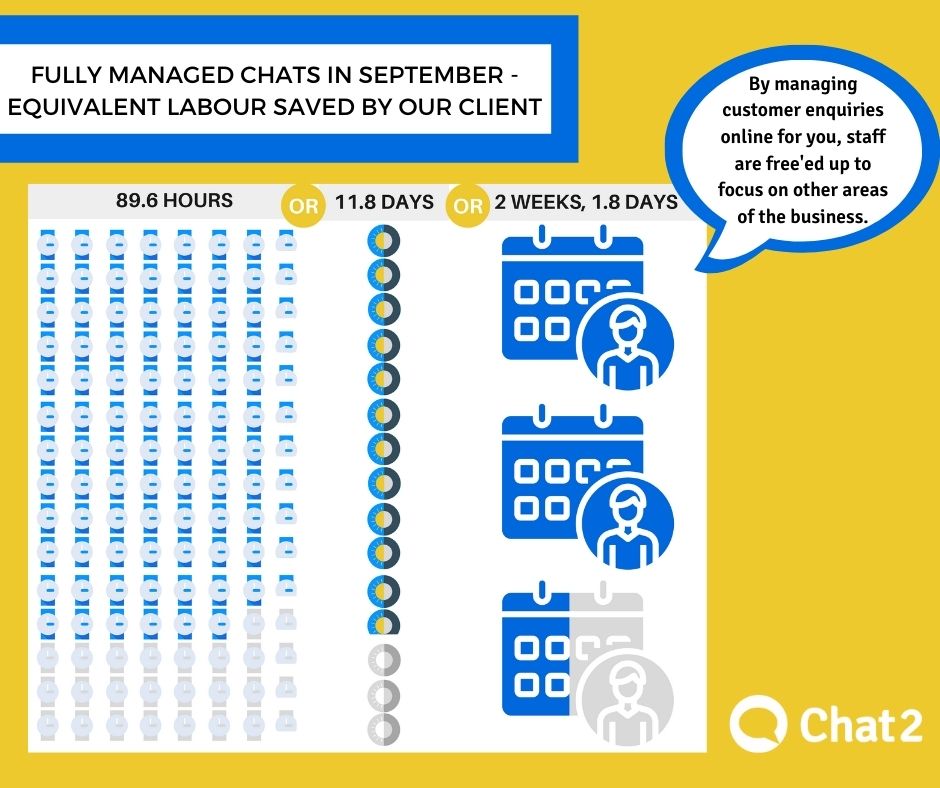
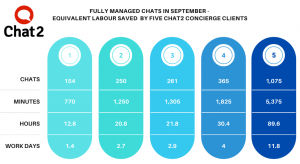



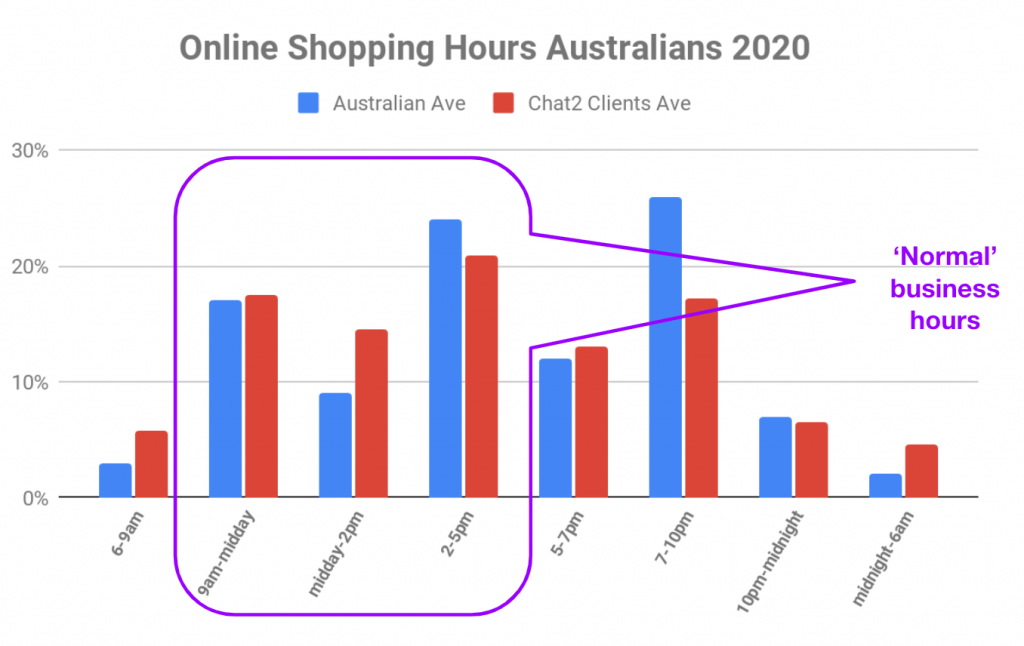
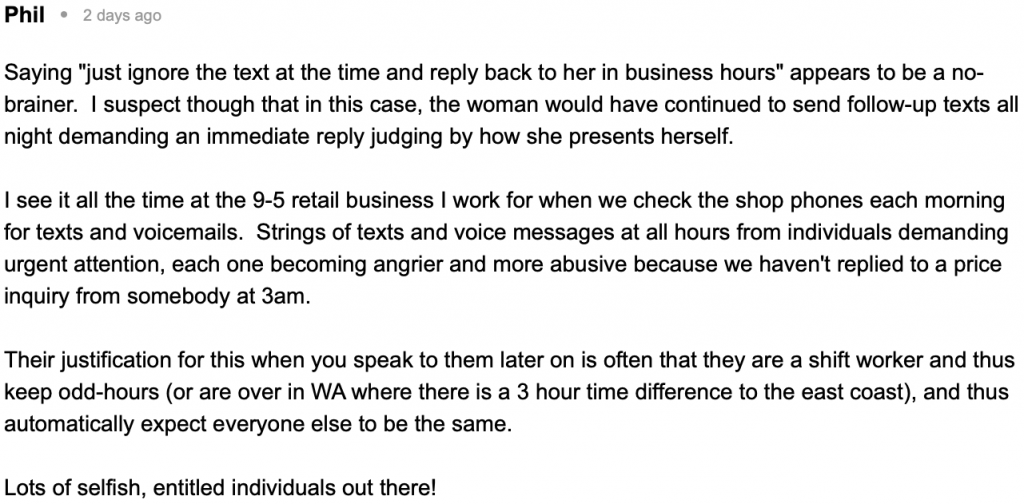




 By:
By:

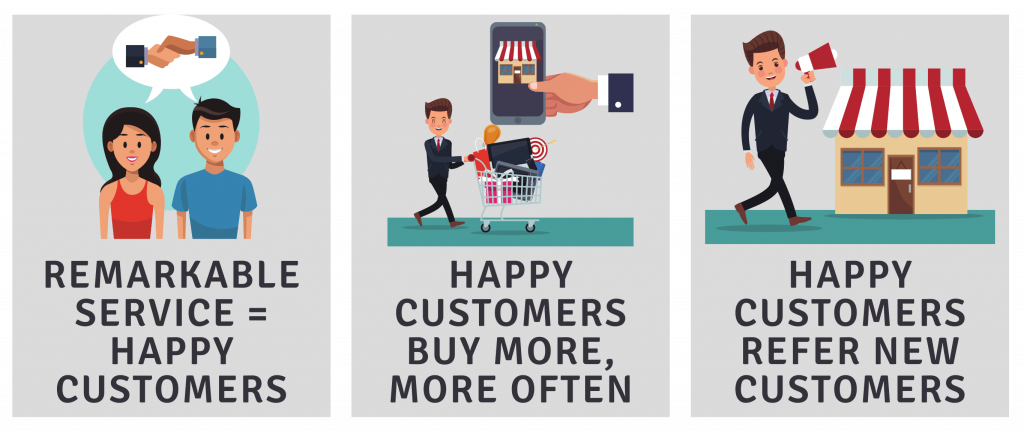

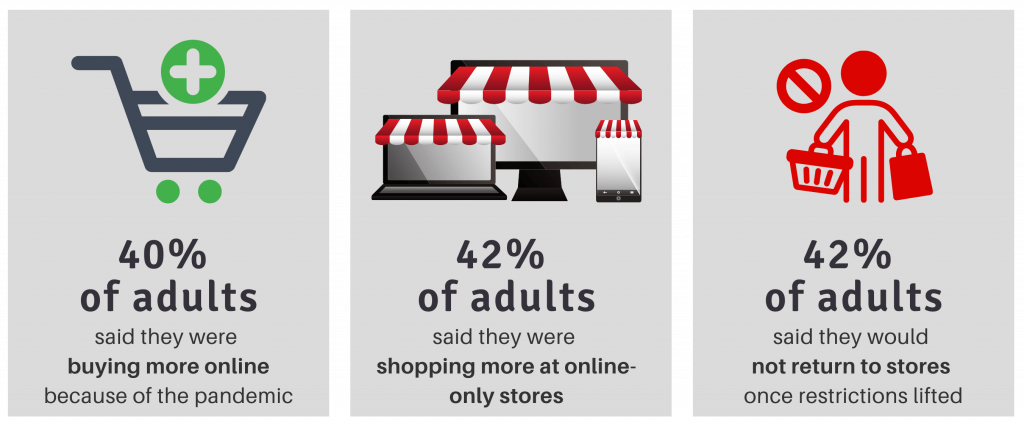 In Australia, according to the NAB Online Retail Sales Index, online retail sales as at June 2020 accounted for 10.7% of total
In Australia, according to the NAB Online Retail Sales Index, online retail sales as at June 2020 accounted for 10.7% of total 